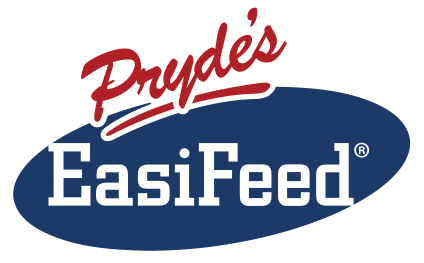Perhaps the most critical time for sound nutrition in a horse’s life is from the time it is weaned till it reaches 12 months of age. Underfeeding during this time can lead to stunted growth and weak muscle development. Overfeeding causes rapid growth which in turn may result in bone and joint issues while mineral deficiency or imbalance can compromise bone and joint development. Here are some tips to help you get weanling nutrition right.
Don’t change feeds at weaning time
To reduce stress and setback at weaning, keep your weanling feed the same pre and post weaning. If you do intend to feed a special weanling ration post weaning, introduce this to the foals when they are still with their mothers at least 2 weeks prior to weaning taking place. Otherwise, wean them onto the ration they ate alongside their dams and change it gradually once they have settled into their weanling routine.
Feed high quality feeds
A weanling needs a feed that is easy to digest with high quality protein for bone and muscle development. Look for feeds that contain cooked grains (for improved digestibility) combined with high quality protein sources like soybean, lupins and faba beans. Avoid feeds that have whole or cracked barley and corn (as weanlings find these extremely difficult to digest) and low quality vegetable protein meals. If you are feeding oats, use a high quality, high protein balancer pellet or concentrate feed alongside them.
Feed high quality forage
Weanlings need high quality forage in their diets. Good quality grass or mixed grass and legume pastures or hay make an excellent base for a weanling diet. If your pastures or hay are average to low quality or predominantly sub-tropical pasture species like kikuyu, feed lucerne hay daily to raise the overall quality, and particularly the protein quality of the forage.
Meet mineral requirements
It is now well known that deficiencies of calcium, phosphorus, copper, zinc and manganese can lead to bone and joint development problems including OCD. Pastures are nearly always very low in copper and zinc and some have too much phosphorus. Have a nutritionist check your rations to make sure these minerals are provided in optimum amounts and that the overall ration has balanced calcium to phosphorus and copper to zinc ratios.
Monitor growth rate
The most predictable way to cause developmental issues in young horses is through overfeeding and forcing rapid growth. Monitoring growth rates by weighing weanlings on a 4 to 6 weekly basis allows you to adjust feeding to maintain a consistent, controlled rate of growth. Weighing weanlings also helps to avoid slow growth rates (common in winter) which can be associated with permanent stunting and allows you to accurately group weanlings according to bodyweight and growth rate.
Feeding high quality ingredients to provide the nutrients your weanlings need in a balanced ration and carefully controlling growth will put you on the right track to breeding strong, well grown, yet sound thoroughbreds.
See the Pryde’s EasiFeed Range for simple solutions to feeding your weanlings. Pryde’s have several feeds and balancer pellets perfect for weanlings including EasiFeed ONE, EasiFeed ONE Concentrate (the only specialised weanlings feeds available in Australia) BioMare Cubes and the 250 Balancer Pellet to make weanling nutrition easy. Speak to Pryde’s about the complimentary diet analysis, pasture testing and growth tracking services offered to their customers.


